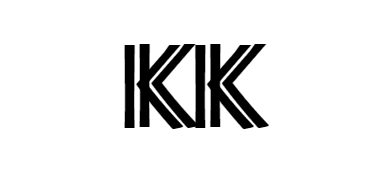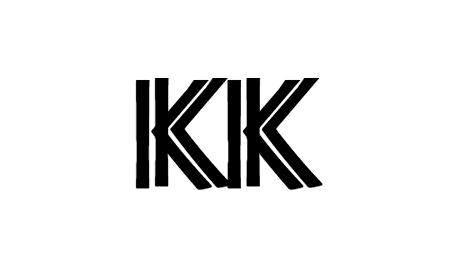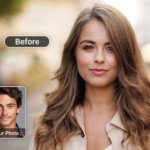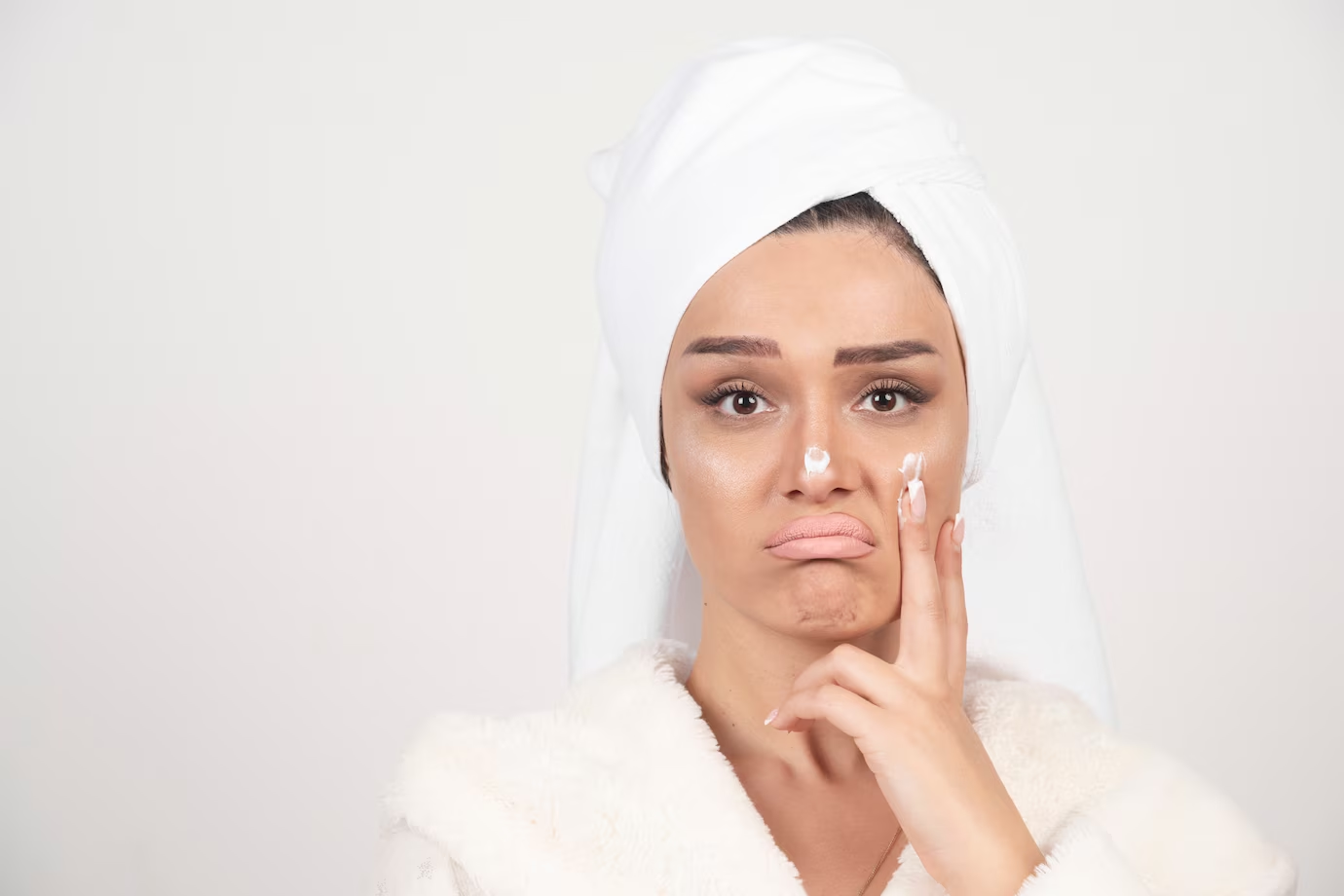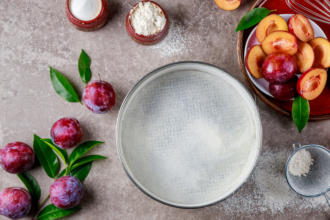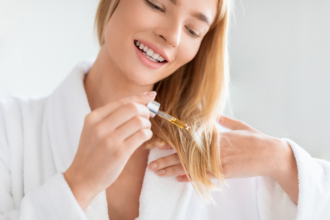Blackheads are a common skincare issue many face, and finding an effective blackhead remover can make a significant difference. The right products can help unclog pores, reduce the appearance of blackheads, and promote smoother skin. With various methods and products available, it’s essential to choose those that align with individual skin types and needs.
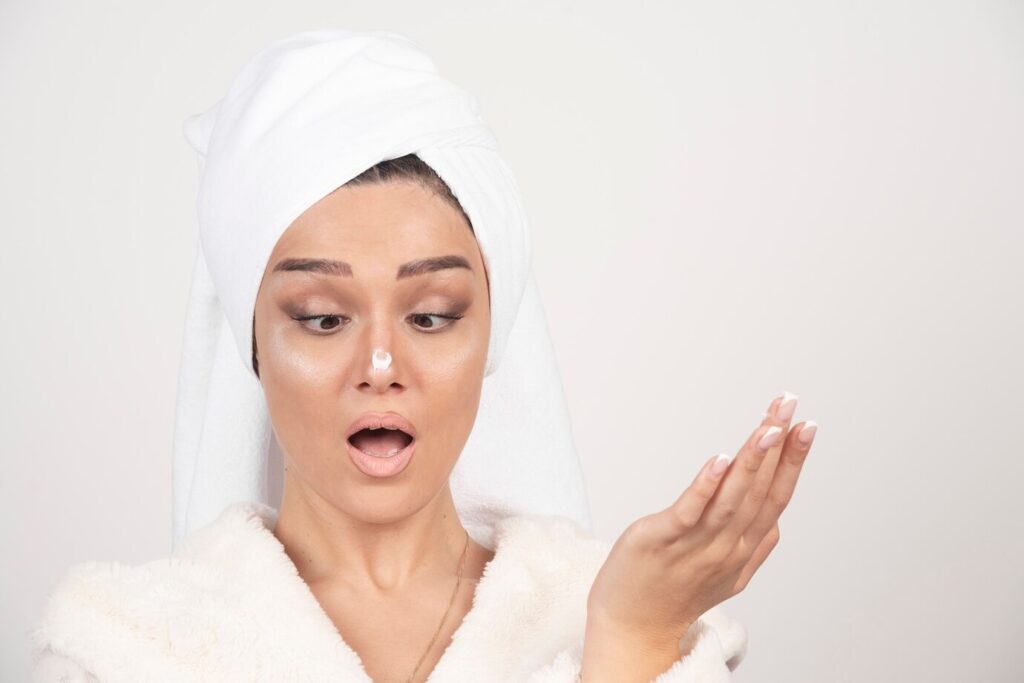
This blog post will explore the different types of blackhead removers, their effectiveness, and best practices for use. Readers will discover key information about popular ingredients, safety measures, and alternative treatments that can prevent blackheads from returning. Encouraging clear and healthy skin is the ultimate goal.
For those looking to improve their skincare routine, understanding how to tackle blackheads is a valuable step. By considering product recommendations and the latest advancements in skincare, individuals can better equip themselves to achieve clearer skin and boost confidence.
Key Takeaways
- Understanding different blackhead removers can help in choosing the right one.
- Safety and hygiene are crucial when using any skincare products.
- Regular treatment and prevention can lead to clearer skin over time.
Understanding Blackheads
Blackheads are a common skin issue that many people face. They occur when pores become clogged with oil, dead skin cells, and bacteria. Understanding what they are and who they affect can help individuals manage and treat them effectively.
Definition and Causes
Blackheads are a type of acne known as open comedones. They appear as small, dark spots on the skin’s surface. The dark color comes from the oxidation of melanin in the clogged pore when exposed to air.
Several factors contribute to the formation of blackheads, including:
- Excess Oil Production: When the skin produces too much oil, it can lead to clogged pores.
- Hormonal Changes: Fluctuations during puberty, menstruation, or stress can increase oil production.
- Poor Skin Care: Inadequate cleansing can allow dead skin cells to accumulate.
- Use of Comedogenic Products: Some cosmetics can clog pores.
Prevalence and Skin Types Affected
Blackheads can affect anyone, but they are most common in adolescents and young adults due to higher oil production. They can occur on various skin types, including:
- Oily Skin: Individuals with oily skin tend to have more blackheads due to excess sebum.
- Combination Skin: Blackheads can form in areas with both oily and dry patches.
- Dry Skin: Although less common, dry skin can still develop blackheads if the pores clog.
Blackheads are typically found on the nose, forehead, and chin, known as the T-zone. Maintaining a consistent skin care routine can help prevent and reduce their occurrence.
Types of Blackhead Removers
Different methods can help remove blackheads. Each option has unique features, benefits, and steps for effective use. The main types include manual extractors, pore strips, topical treatments, and electronic devices.
Manual Extractors
Manual extractors are tools designed to help blackhead remover and acne. They often have a looped end that applies pressure around a blackhead to push it out. Proper technique is essential to avoid skin damage or infection.
Before using a manual extractor, the skin should be cleansed and softened. It is advisable to steam the face for a few minutes. This process opens the pores, making it easier to remove impurities.
After extraction, it’s important to sanitize the area and the tool used. Regular cleaning is key to preventing bacteria growth. Users should handle these tools carefully to minimize the risk of scarring.
Pore Strips
Pore strips are adhesive strips that remove blackheads from the skin’s surface. They are most effective on the nose, where blackheads commonly form. When applied, they adhere to the dirt and oil clogging pores.
To use pore strips, start with a clean, wet face. After applying the strip, leave it on for about 10–15 minutes. Once removed, the strip will pull debris from the pores. Results can vary, with some users seeing immediate improvements.
Although pore strips can remove some blackheads quickly, they don’t treat the root cause. Regular use can lead to smoother skin, but it’s essential to follow up with a good skincare routine to keep pores clear.
Topical Treatments
Topical treatments are creams, gels, or lotions designed to prevent and treat blackheads. Ingredients like salicylic acid or benzoyl peroxide are common. These components help exfoliate the skin and unclog pores.
Salicylic acid penetrates and breaks down the buildup in pores. It can also reduce inflammation associated with acne. Benzoyl peroxide kills bacteria that contribute to breakouts.
Users typically apply these treatments daily or as directed. Consistent use can yield significant long-term benefits. It is important to choose a product suitable for one’s skin type to minimize irritation.
Electronic Devices
Electronic devices for removing blackheads include suction tools and cleansing brushes. These devices work by using gentle suction to draw out dirt and excess oil from pores. They can help maintain clearer skin over time.
When using an electronic extractor, users should ensure the skin is clean and moist. Proper technique involves moving the tool in gentle motions to avoid bruising or damaging the skin.
Cleansing brushes exfoliate the skin while washing away impurities. This helps prevent the formation of blackheads. Many devices offer adjustable suction levels, allowing users to customize the experience based on their comfort level.
